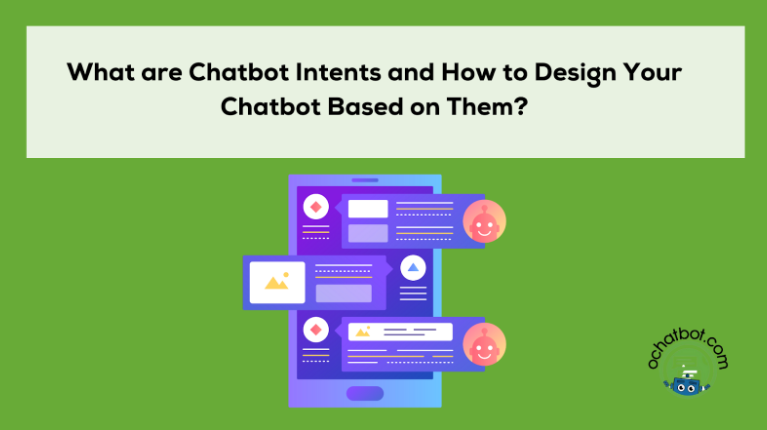
Chatbots have become one of the most advanced and renowned uses of artificial intelligence in our daily lives and are experiencing unprecedented growth in recent times. These advancements in AI and other digital trends have given rise to smart chatbots that can be suited to any purpose, scenario, and use case.
With chatbots being deployed almost across every industry, from customer service and eCommerce to healthcare and hospitality, they have become an indispensable part of business strategies.
If you are a business owner, incorporating a chatbot into your business will only enhance your overall productivity. And understanding how your chatbot works gives you even better leverage to make the most out of them.
One such concept every chatbot owner or developer must know is how a chatbot understands the user’s intent and how it provides a reply accordingly.
In this article, let us see what chatbot intents are and how to train a chatbot based on intents.
What are Chatbot Intents?
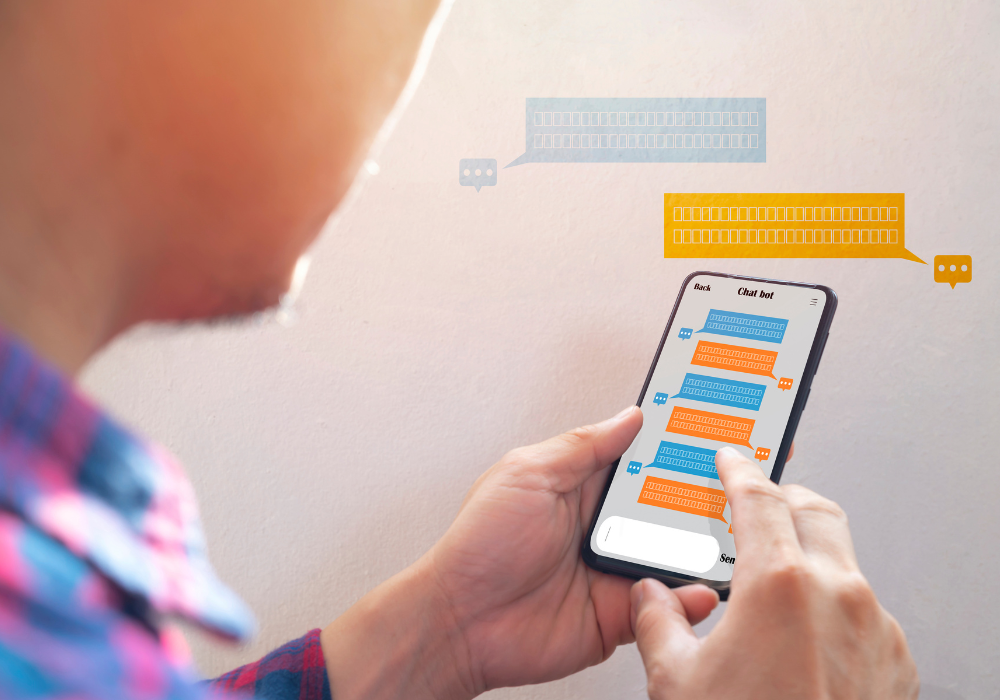
Simply put, “chatbot intents” are cues that help the chatbot understand the motive. A chatbot’s success is determined by its ability to comprehend a variety of intents and provide an answer accordingly.
In detail, when a user approaches a chatbot to get their queries answered or doubts clarified, they’d have a particular intention in their mind, hoping to get the questions answered. This is called user intent. When chatbots rely on text to communicate with the user, these chatbot intents might be predominantly in the form of text or word prompts. Whereas, the intent for voice bots can be in the form of speech/vocalizations.
These intents play a major role in determining the success of resolution, the quality of conversation between a chatbot and a human, and in providing an answer the user expects.
Early versions of chatbots relied on rules (rule-based chatbots) or keywords (keyword-based chatbots), which provide an answer by comprehending the text cues posed by the user. Recent iterations of chatbots rely on advanced digital technologies like Artificial Intelligence and machine learning techniques such as Natural Language Processing (NLP) and Natural Language Understanding (NLU).
Even though these bots are “smart” and highly adaptive, the foundation for effective functioning relies on “Chatbot Intents”.
How to Create a Strategy and Train Your Chatbot Based on Intents
Numerous queries along with their intents can influence the ability of the chatbot to provide fitting answers. To provide the appropriate response to users, chatbots need to be trained under different scenarios with various types of intents depending on their purpose and use cases.
Here are some ways to design and train chatbots based on intents.
Research Your Purpose and Audience
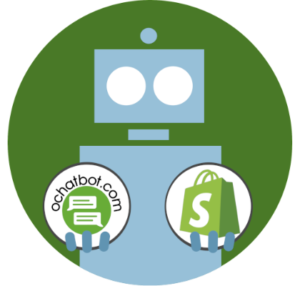
True AI to engage shoppers in conversational eCommerce. Create happy customers while growing your business!
-
5% to 35% Increase in AOV*
-
20% to 40% Increase in Revenue*
-
25% to 45% Reduction in Support Tickets
WE GUARANTEE RESULTS!
*When shoppers engage with Ochatbot®

Chatbots can be used for a variety of purposes, from facilitating user journeys to providing customer service. However, to be effective, a chatbot must be designed with a specific purpose and audience in mind.
Chatbots designed for lead generation, user engagement, or customer support, all would have different intent prompts. When designing a chatbot, it is important to first identify the purpose of the chatbot and analyze what you want the chatbot to achieve, which can help train your chatbot effectively.
In addition to identifying the purpose of the chatbot, it is also important to research the audience that you are targeting. It is important to analyze the needs and expectations of the audience and the way they would communicate with your bot.
Understanding your purpose and audience can help determine the chatbot intents that would provide valuable results to your customers and help you achieve your business goals.
Identify the Questions Your Customers Might Ask
Once you have done your research on your audience and narrowed down the purpose of your chatbot, the next step would be to focus on thinking from the perspective of a customer – what they might ask, how they would interact with your bot, and different ways they would pose questions.
Putting yourself in the customer’s shoes and interacting with a bot would give you ideas on how customers might ask questions. Additionally, obtaining customer reviews and feedback about your products/services and organizing Frequently Asked Questions can help identify customers’ mindsets.
Identifying the different ways customers might ask questions would help to narrow down the intents, which would in turn help to create and train the chatbot effectively.
Create Intents
With the questions at hand, the next most crucial step would be to provide appropriate solutions by creating intents.
Yes, since chatbots rely on understanding the customer’s intent to provide answers, training your chatbot with numerous and intricate intents can help provide better and more suitable resolutions to the user.
Chatbot intents can be single-word or multi-word cues that when put together can help the chatbot identify and comprehend the user’s expectations. When designing or training a chatbot based on intent, it is always better to create a list of intents along with their answers, by keeping the user’s specific goal in mind and keeping that in check to see if the intents are providing value for the user.
Create Process Scenarios and Flows
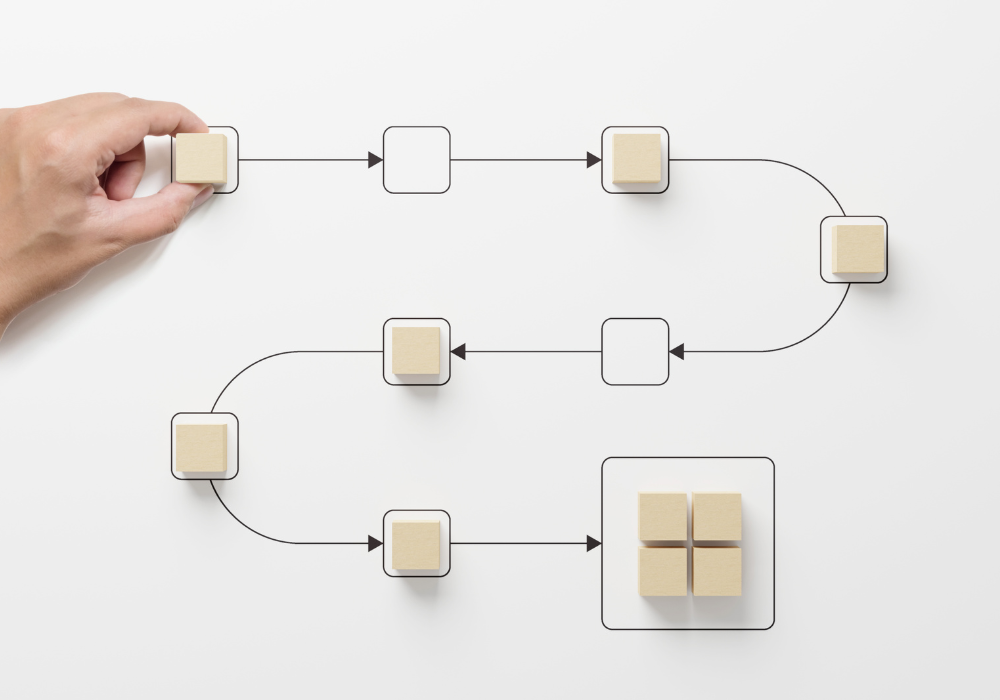
There is no “one absolute way” that a user might take when asking a question or proposing a query. Additionally, there is no “one process flow” that a user might take to arrive at the answer. So when designing and training a chatbot, it is essential to consider multiple perspectives and create multiple flows.
Creating multiple processes flows and scenarios will help you to map out the different ways that users might interact with your chatbot, which in turn would help you identify the different intents that your chatbot needs to understand and respond to user input.
First, identify the tasks or processes that a chatbot could perform. From there, start with the greetings and create process flows that steer to the main motive of the conversation, and then drive the conversation towards the end.
These process flows make it easy to predict the user intents and train the chatbot to provide resolutions irrespective of the question flow, in an effective manner.
Read More: 7 Easy Steps to Create Chatbot Flows for eCommerce
Create an Unknown Intent, AKA the Fallback Response
There might be some instances where the user might pose a query out of context or prompt an unknown intent leaving the chatbot perplexed and rendering it unable to provide any resolution.
In such cases, it is necessary to enable the chatbot to handle scenarios without disappointing the user. Fitting the chatbot with a ‘fallback response’ or ‘catch-all response’ can enhance the credibility of the chatbot and lessens the chances of the user being left off without an answer.
Chatbots can ask the user to repeat the question once again, in a different way, or provide a common response when the intent cannot be comprehended. In case of complex or in-depth queries, chatbots can even provide an option that allows the user to connect with live agent support.
Test, Train, and Iterate Your Chatbot
Your chatbot might be up and running for good, but your duty as a developer or a deployer does not end there. The efficiency of a chatbot increases with the data fed, the number of iterations and features, and the level of training.
For an AI chatbot, once trained using the NLP and ML models, the chatbot can automatically learn to predict patterns and recognize user intents. This creates a loop where they can learn constantly. Additionally, testing would weed out any discrepancies or errors in the chatbot.
With better research, creating different variations and several intents, creating multiple scenarios and process flows, the better and more appropriate the response of your chatbot would be.
Read More: Buyer Intent Keywords – How to Generate Organic Traffic?
Some Common Examples of Chatbot Intents related to eCommerce Stores
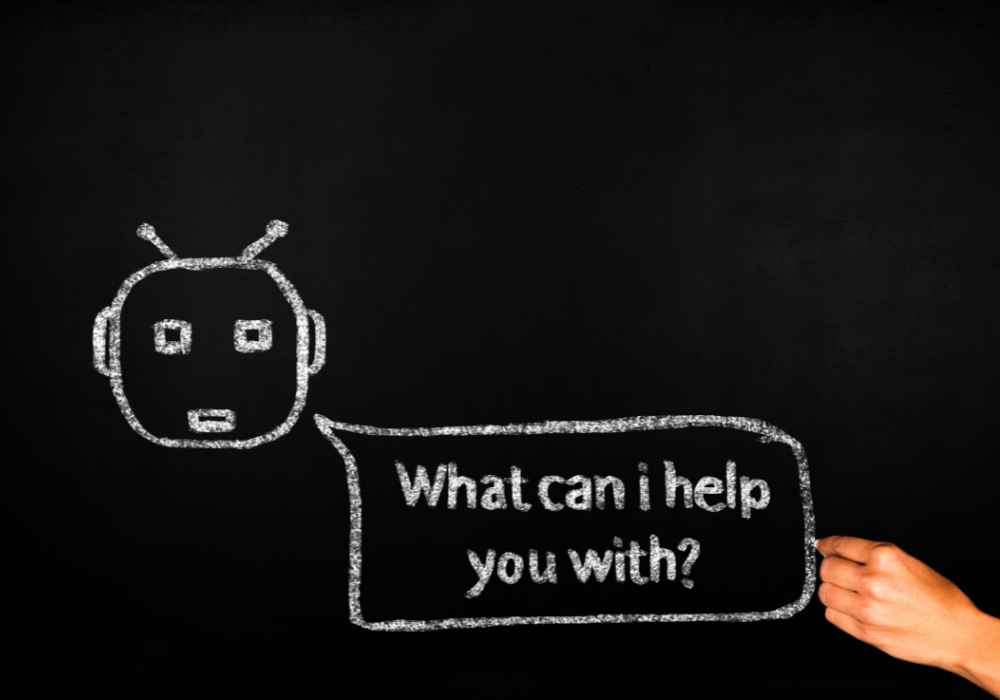
Customers have different requirements, and those often vary depending on the niche and the type of business. So when creating chatbot intents, it is necessary to choose a particular niche and create intents depending on the task, the customer’s mindset, and the queries they might put forth.
Some examples of chatbot intents relating to eCommerce stores include:
- Contact information such as phone number and email address.
- Learn about a product/service or know more about the product descriptions such as “What are its features”, and “What are its specifications”.
- Order status, tracking, and shipping policy such as “Where is my order?”, “When is the delivery?” and “When will the product be shipped?”.
- Return policies such as “How do I return the product?” or “When will I get a refund?”
- Coupon code issues such as “my coupon code is not working”.
Frequently Asked Questions
What is the best way to research the audience?
There are numerous ways to analyze the audience. Some of them include competitor research, conducting surveys and polls, and studying them based on demographics, behavior, and psychographics.
What is an example of a chatbot’s intent?
When the user types in “Book me a bus ticket”, the chatbot identifies the intent “book – bus ticket”. And further, it also asks additional questions like the date, arrival, and departure to assist you in your booking journey.
What are some types of chatbot intents?
Chatbot intents differ based on their purpose and their use case. Some types of intent include navigational intent, conversational intent, informational intent, feedback intent, and service-related intent.
Make Use of the Chatbot’s Intents to Get Appropriate Results
Overall, intents are the way for chatbots to understand what the human is asking for and provide answers that fit the user’s expectations. Determining the purpose of your chatbot, understanding your audience, and analyzing the ways customers might approach your chatbot can help create process flows and focus the intent.
With all that being said, proper care and effort must be taken when creating them. The more the variety and complexity of intents, the better would be the results in terms of effectiveness and resolution.
- Ensuring Safety in Teen Chat Rooms: A Guide for Teens and Parents - April 26, 2024
- Best Live Chat Software Tools in 2024 - April 22, 2024
- Best Fun AI Chatbots in 2024 - April 19, 2024
